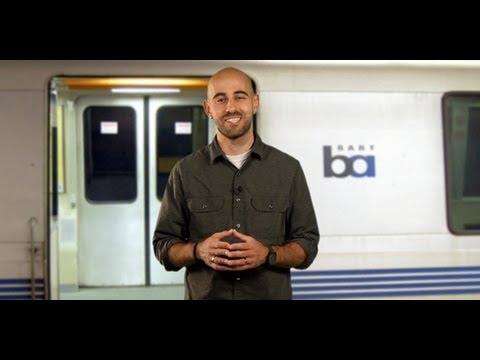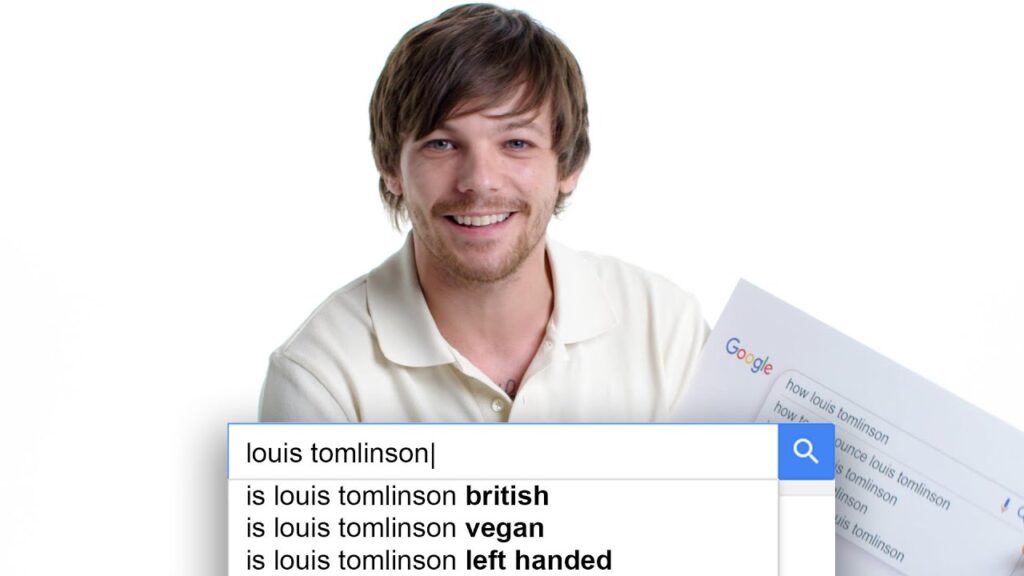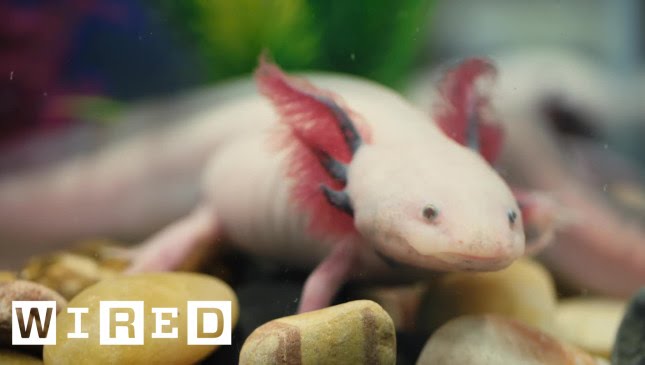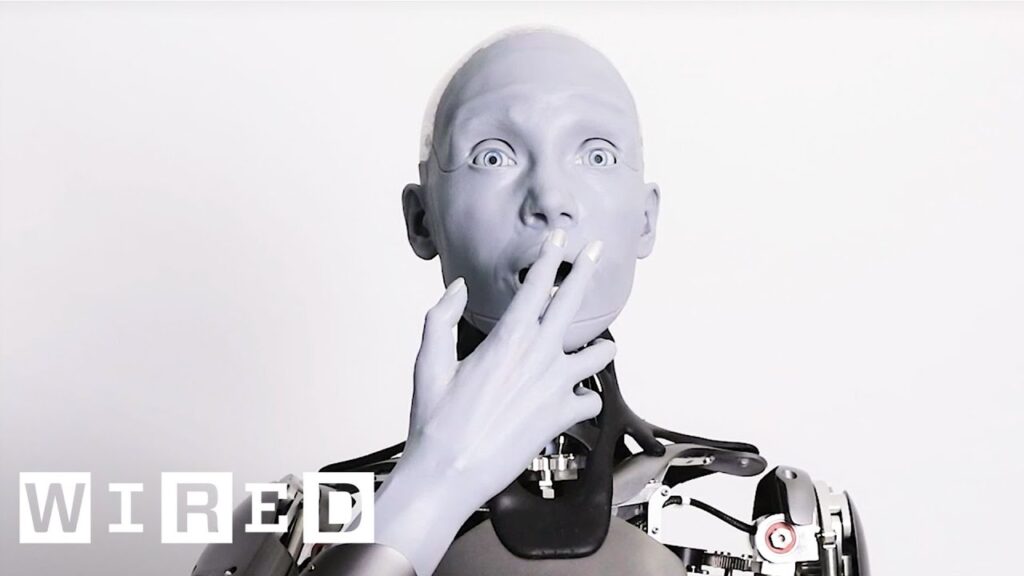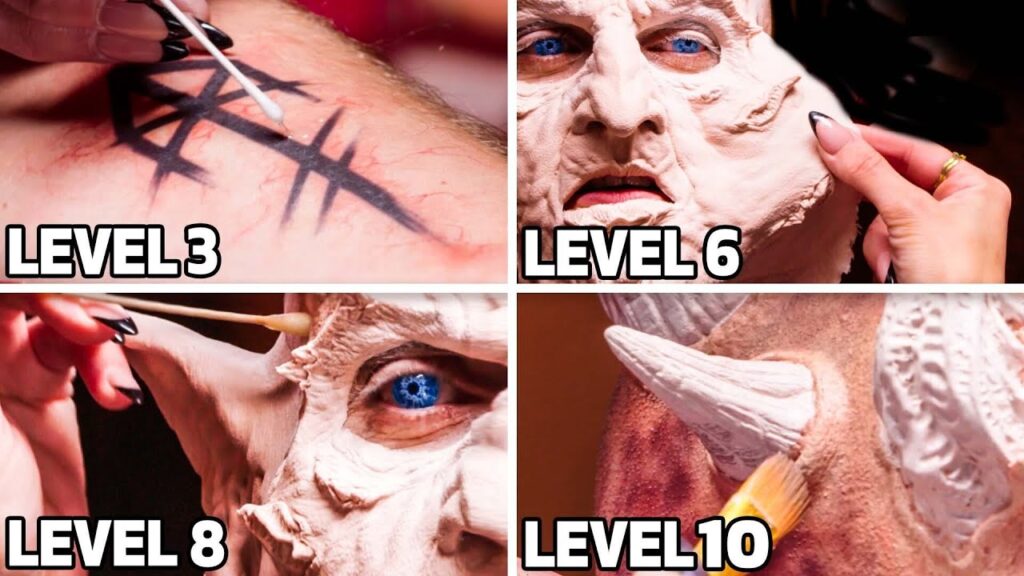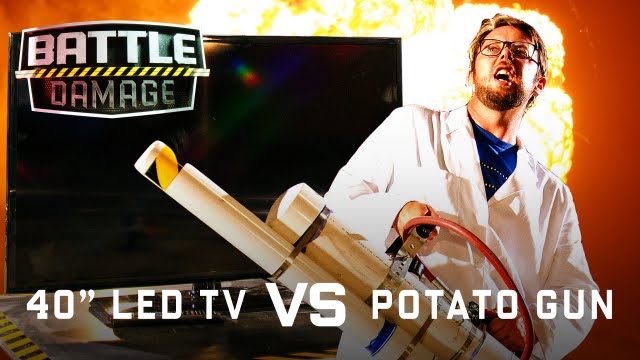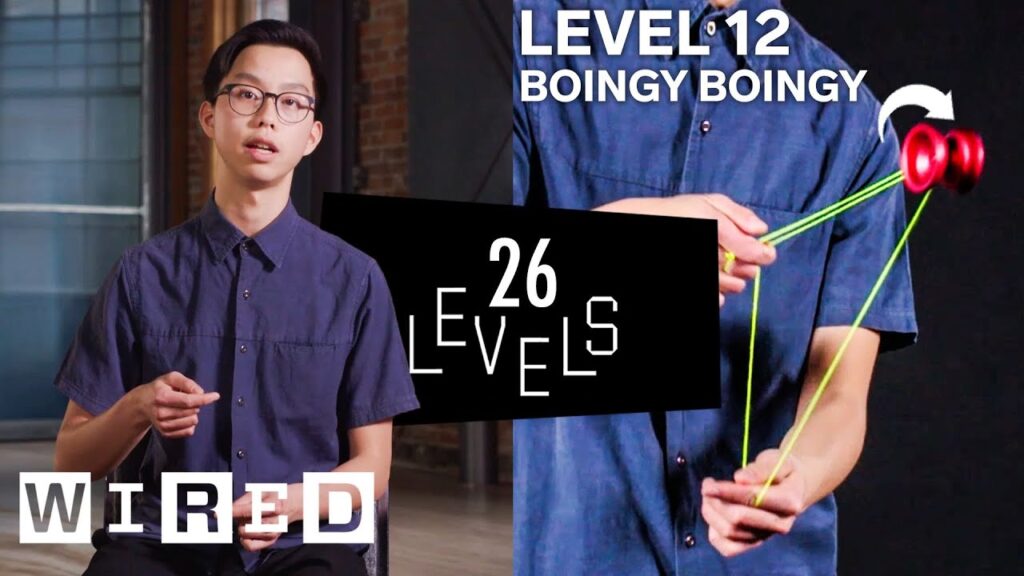The Art of Dominoes: Behind the Scenes with Lily Hevesh
Summary
Lily Hevesh is the most popular domino artist on YouTube with 2 million subscribers and half a billion views. In this Q&A post, Lily shares insights into the creative process of building elaborate domino chains and Rube Goldberg-like tricks, and how she navigates the risks of project failures. She also talks about her journey from hobbyist to full-time professional and her approach to recreating logos and images out of dominoes.
Table of Contents
- The Art of Dominoes: An Introduction
- The Challenges of Domino Setup: Risks and Fail-Safe Techniques
- The Creative Process: From Elements to Structures and a Freeform Approach
- Recreating Images with Dominoes: Guide, Cameras, and Knockdowns
- Pursuing Domino Art as a Career: Breaks from College and Future Plans
The Art of Dominoes: An Introduction
Question: Can you tell us more about what you do as a domino artist, and what draws you to it?
Answer: Sure! As a domino artist, I set up thousands of dominoes in intricate arrangements and patterns and then I knock them down. I’ve been building domino projects for over a decade now, and I’ve created elaborate domino chains that have earned me a massive online following. What draws me to domino art is the artistry involved in creating something that is both aesthetically pleasing and challenging to pull off. It’s almost like solving a complex puzzle that requires precision, creativity, and patience.
The Challenges of Domino Setup: Risks and Fail-Safe Techniques
Question: What do you think are the most challenging aspects of setting up dominoes, and how do you deal with them?
Answer: There are many challenges that come with setting up dominoes. One of the most significant risks is the possibility of project failures. When you’re dealing with thousands of dominoes, a project can fail for many reasons, such as the chain getting stuck, accidental fall, or improper alignment. To deal with these risks, I use a fail-safe technique where I make safety gaps by taking out five dominoes here and there. If I knock it down by accident, it’ll stop at that gap, so it doesn’t knock down the whole thing.
Another challenge is the sheer time and effort needed to set up a project. Some of my projects take days, if not weeks, to plan and build, and even then, there’s always the risk that something might go wrong. To deal with this challenge, I try to be as calm and precise as possible, and I make sure to take breaks and rest my eyes whenever I feel fatigued.
The Creative Process: From Elements to Structures and a Freeform Approach
Question: Can you walk us through your creative process in building domino projects? How do you decide which elements to use, and what’s your approach to structural and freeform designs?
Answer: The first step in my creative process is deciding which elements to build around. These elements can be anything from a domino line to a wall, a tower, or a pyramid. I start by building all the structures first, so that if one of them falls by accident, it won’t knock down other things around it. After that, I work on the flat projects, which include the field, the line, and the turn. I connect everything with a single domino line.
I generally have a freeform approach where I go all over the place with my setups, and I think that’s why people like it because they can always be surprised by what’s going to come next. I also mix in Rube Goldberg-like tricks, which allow even more opportunities to think in three dimensions.
Recreating Images with Dominoes: Guide, Cameras, and Knockdowns
Question: You mentioned creating images out of dominoes. Can you tell us more about how you do it, from computer programs to setting up cameras?
Answer: Sure! When I recreate images from pop culture or logos, I start on my computer. I find the image online and then use a computer program on Microsoft Excel that converts the cells into a domino pixel. Then, I print out a step-by-step guide on how to recreate the image in domino form. I set up cameras to capture the live knockdown and post a new video every Saturday.
Pursuing Domino Art as a Career: Breaks from College and Future Plans
Question: Finally, how did you make the transition from domino hobbyist to full-time domino artist, and what are your future plans?
Answer: After my first viral video in 2011, it became clear that this was no longer just a hobby. I started getting a lot of inquiries to do projects for companies who want their logo done in dominoes. I’ve done commercials and different things for ad agencies. Right now, I’m traveling around the world doing projects for different clients. My YouTube channel is doing so well that I’m able to sustain myself without needing a degree. If I want to go back to college in the future, I can, but I already have the job that I want. The best part for me is seeing something that I worked so hard on work all the way through. When I see that last domino fall, that’s like the best part. That’s what I live for.
